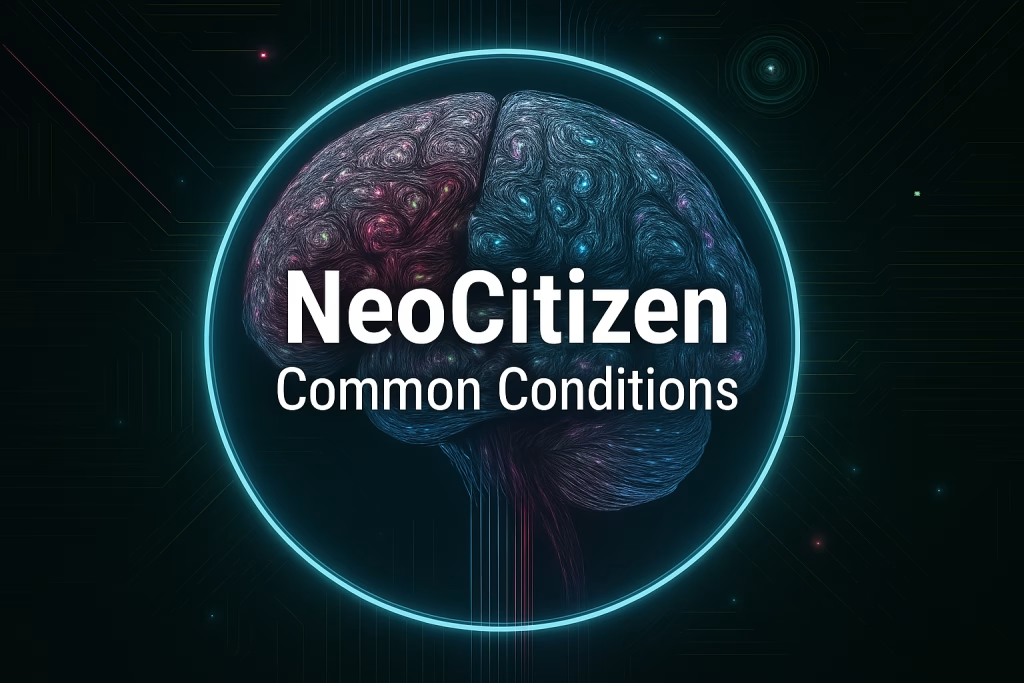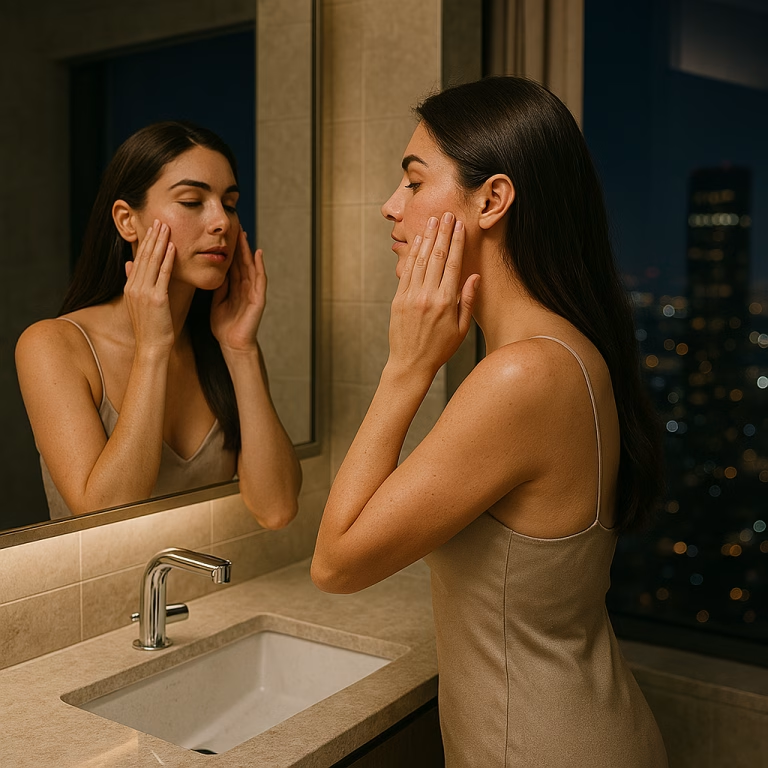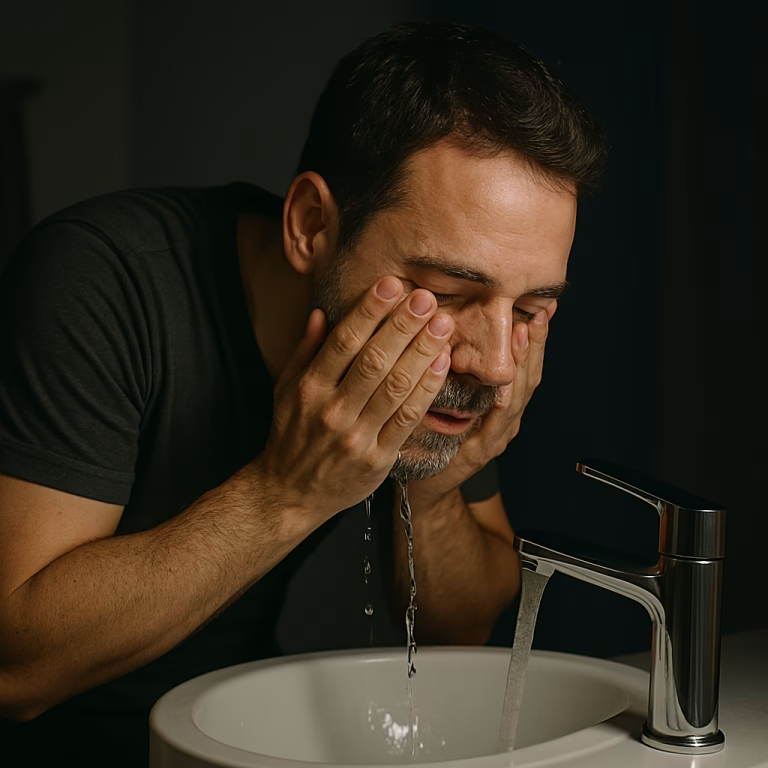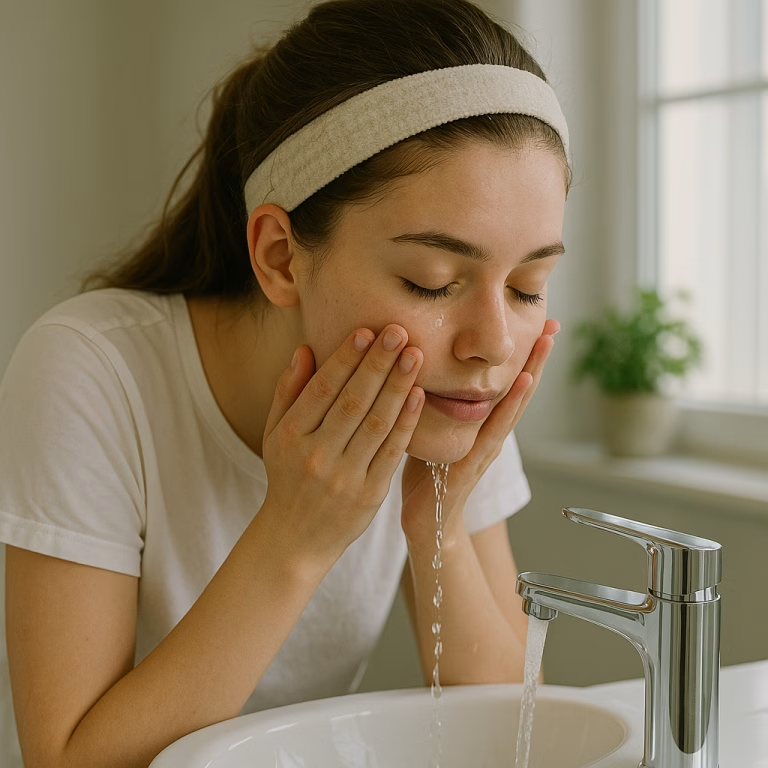
Acne is one of the most common skin conditions in the world, affecting nearly 85% of people between the ages of 12 and 24. However, acne can persist or even start in adulthood, making it a concern for people of all ages. This chronic skin issue can impact your confidence, self-esteem, and overall quality of life. Fortunately, with the right information and tools, you can manage acne effectively and regain control of your skin health.
What is Acne?
Acne is a skin condition that occurs when your hair follicles become clogged with oil (sebum) and dead skin cells. It often causes whiteheads, blackheads, or pimples. Acne is most common on the face, forehead, chest, upper back, and shoulders because these areas have the most oil (sebaceous) glands.
How Acne Develops:
- Sebum overproduction – triggered by hormones or genetics
- Clogged pores – dead skin cells and sebum block follicles
- Bacterial growth – Propionibacterium acnes multiplies in the clogged follicles
- Inflammation – leads to swelling, redness, and painful lesions
Common Symptoms of Acne
- Whiteheads (closed plugged pores)
- Blackheads (open plugged pores)
- Papules (small red, tender bumps)
- Pimples (pustules with pus at their tips)
- Nodules (large, solid, painful lumps beneath the surface)
- Cystic lesions (painful, pus-filled lumps under the skin)
Acne may also cause:
- Redness and swelling
- Sensitivity in affected areas
- Scarring or post-inflammatory hyperpigmentation (PIH) after healing
What Causes Acne?
Several factors contribute to acne development, including:
- Excess Oil Production – Often influenced by hormonal surges
- Clogged Hair Follicles – From dead skin and sebum
- Bacteria (Propionibacterium acnes) – Naturally present on the skin, but overgrowth triggers inflammation
- Hormonal Changes – Puberty, menstrual cycles, pregnancy, and PCOS
- Certain Medications – Corticosteroids, testosterone, lithium
- Diet – High-glycemic foods (like sugary snacks and white bread) and dairy may exacerbate breakouts
- Stress – Increases cortisol levels, which may worsen acne
- Genetics – Family history can play a significant role
Types of Acne
- Comedonal Acne: Blackheads and whiteheads, usually mild
- Inflammatory Acne: Red, swollen pimples and pustules
- Cystic Acne: Deep, inflamed breakouts prone to scarring
- Hormonal Acne: Typically appears on the jawline, chin, and cheeks
Effective Acne Treatments
Over-the-Counter (OTC) Options:
- Benzoyl Peroxide: Kills acne-causing bacteria and reduces oil production
- Salicylic Acid: Exfoliates inside the pores and reduces inflammation
- Retinoids (e.g., adapalene): Promote cell turnover and prevent clogged pores
- Sulfur and Resorcinol: Help dry out pimples and remove dead skin
Prescription Medications:
- Topical Retinoids (e.g., tretinoin, tazarotene)
- Topical or Oral Antibiotics (e.g., clindamycin, doxycycline)
- Hormonal Treatments: Birth control pills or spironolactone help regulate hormones
- Isotretinoin (Accutane): A powerful oral retinoid for severe or treatment-resistant acne
In-Office Dermatological Treatments:
- Chemical Peels: Remove the top layer of skin and unclog pores
- Laser and Light Therapy: Target bacteria and reduce oil production
- Drainage and Extraction: For large cysts or stubborn lesions
- Corticosteroid Injections: Rapid relief from inflammation
To find a qualified specialist, visit AAD.org.
Lifestyle and Skin Care Tips
Managing acne isn’t just about medication—it’s also about daily habits:
- Wash your face twice daily with a gentle, fragrance-free cleanser
- Avoid harsh scrubs and over-exfoliating
- Use non-comedogenic products (they won’t clog pores)
- Clean your phone screen and pillowcases regularly
- Don’t touch or pop pimples, which can cause scarring
- Remove makeup before bed and use oil-free products
- Shower after sweating, especially after workouts
- Eat a balanced diet rich in fruits, vegetables, and whole grains
- Stay hydrated and reduce processed sugar intake
- Practice stress-reduction techniques like yoga, journaling, or meditation
Natural Remedies (Use with Caution)
Some people find relief with natural ingredients, although scientific evidence varies:
- Tea Tree Oil: Natural antibacterial properties (use diluted)
- Aloe Vera: Soothing and anti-inflammatory
- Green Tea Extract: Can reduce sebum production and inflammation
- Honey: Antibacterial and calming when applied topically
Always patch test and consult a healthcare provider before trying new remedies.
When to See a Doctor
It’s time to see a dermatologist if:
- Acne is severe, painful, or widespread
- OTC products don’t work after 6–8 weeks
- Acne is causing emotional distress or impacting daily life
- You’re experiencing scarring or skin discoloration
- You have signs of hormonal imbalance (e.g., irregular periods, hair growth)
Living Confidently With Acne
Acne doesn’t define your worth or beauty. It’s a medical condition, and there are numerous treatment paths and support systems available. Being proactive with your skincare, lifestyle, and professional care helps you manage symptoms and take control of your health.
Emotional Wellness and Support:
- Talk to a counselor or therapist if acne affects your self-esteem
- Join online support groups
- Follow skin-positive communities on social media
Skincare is Self-Care
Treat your skin with patience and consistency. Healing takes time, but every step counts.
Helpful Resources
Share This Article
Spread awareness and help others take control of their skin health by sharing this article with friends and family!
#AcneAwareness #HealthySkin #SkincareTips #Dermatology #AcneTreatment #ConfidenceWithAcne #HealthBlog #AcneSolutions #SkinHealth #GlowUpJourney #ClearSkinTips #SelfCareMatters












